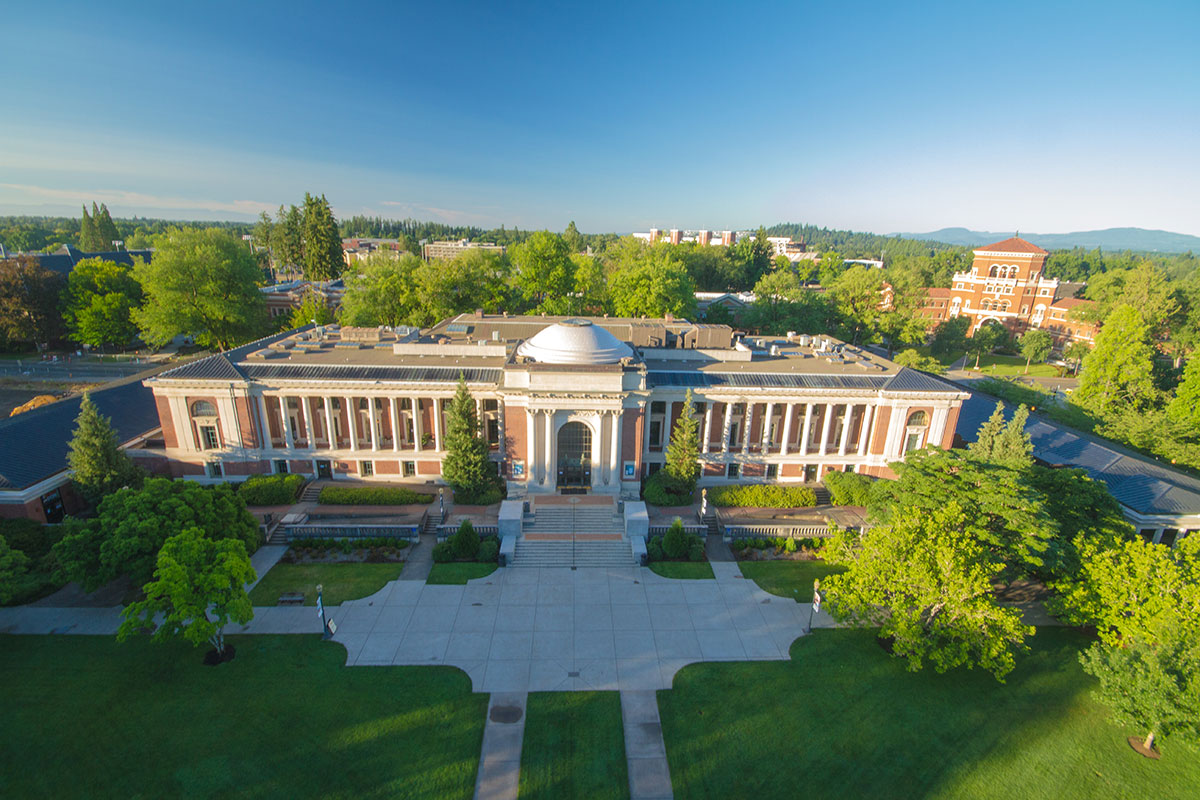OSU climate scientist Phil Mote and colleagues are calling attention to the need for a national strategy to adapt to climate change. Part of a Congressionally mandated report called America’s Climate Choices, their recommendation is the latest call for adaptation going back more than 20 years. In the late 1980s and early 1990s, NOAA and Environment Canada co-sponsored conferences across the continent on regional trends and what adaptation would mean from the Pacific Northwest to New England and Eastern Canada.

In 2008, Oregon’s Climate Change Integration Group (co-chaired by Mark Abbott, OSU dean of the College of Oceanic and Atmospheric Sciences) issued a report pointing to the need for an adaptation strategy to address community resilience, public health and other concerns. In 2009, the New England Aquarium held a symposium on coastal adaptation strategies looking at environmental and economic issues. The U.S. Environmental Protection Agency maintains a website on climate change adaptation, calling attention to human health, ecosystems, agriculture and energy. And the Pentagon continues to regard climate change as a national security threat to which planners must respond.
These calls for action may increasingly fall on deaf ears. The Pew Research Center reported in 2009 that a declining portion of the American public accepts the seriousness of climate change. However, another view comes from Oregon Sea Grant, which has found that coastal communities in Oregon and Maine are concerned about climate-related issues such as sea level rise and flooding. The Oregon Global Warming Commission takes a solve-the-problem approach by offering tips on ways to reduce your carbon footprint.
Just like politics, climate changes and thus adaptation strategies are ultimately local. A recent report by OSU scientist Chris Daly and colleagues in the International Journal of Climatology concluded that topography makes the difference between environmental business as usual and changes that are extreme.
That does not reduce the need for a national strategy. As Mote and his colleagues note, adaptation to changes in wildfire patterns, agricultural pests, water availability, storm frequency and public health risks will be required to guide public and private investments. People who depend on natural resources for a living will have to adjust or find other ways to survive. The rest of us rely on their success. At stake is whether our children will have the basic necessities of life — enough food and water, adequate health care and an environment that supports and enriches their lives.




